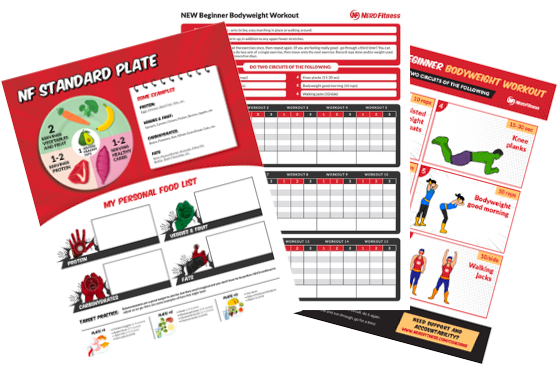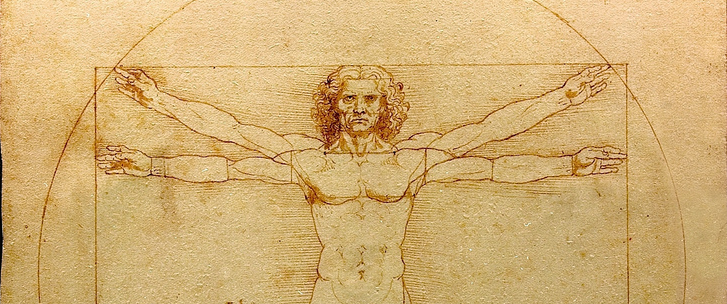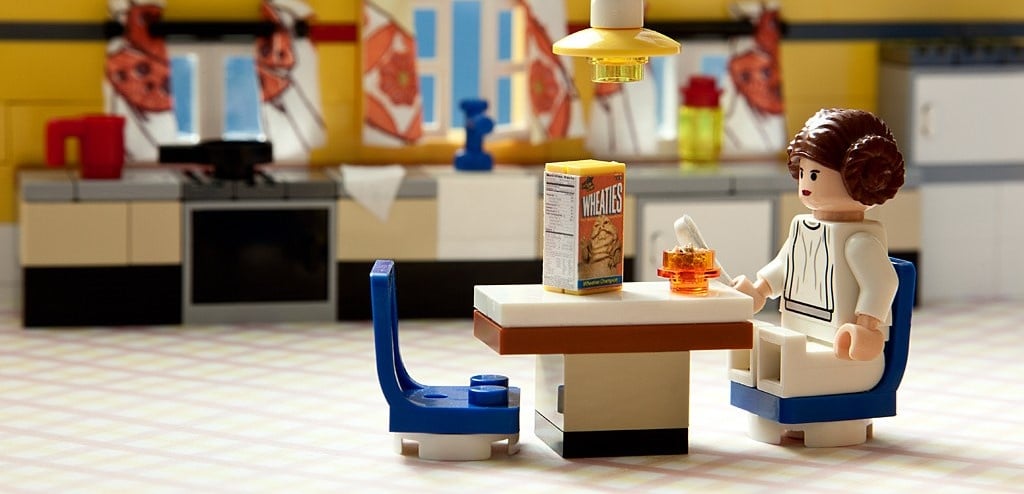Search for an article or browse by topic below.
We have hundreds of science-backed, fun articles about how to eat, train, and think about health and fitness so you can Level Up!
Topics
The Last Fitness Program You’ll Ever Need
Workouts, nutrition guidance, and habit-building. Never wonder where you should put your limited time, energy, and effort.
Get our FREE Starter Kit with dozens of resources today!





